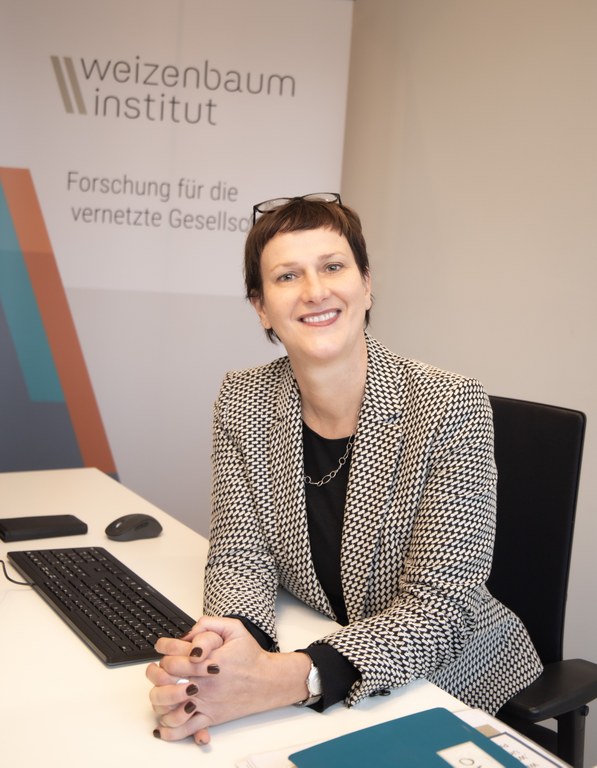Physikerin der Woche 2026
Since January 2018, the German Physical Society's Equal Opportunities Working Group (AKC) has been spotlighting women in physics based in Germany or German women working abroad.
If you are a woman working in the field of physics in Germany or a German woman working in physics abroad and would like to showcase your work through the "Physikerin der Woche" initiative, then don't hesitate to get in touch with Dr. Ulrike Boehm at . This opportunity is open to women in physics at all career stages, whether they are from academia or industry. Moreover, you are also welcome to recommend suitable candidates for the initiative.
Articles and posters about the initiative are available in the April 2018 and 2021 / 2022 / 2023 issues of the Physik-Journal. Feel free to print and display these posters at your institution. For past participants, see resources from: 2018, 2019, 2020, 2021, 2022, 2023, 2024 und 2025.
For more on career preparation for physicists, visit the Berufsvorbereitendes Programm der DPG and DPG-Berufsvorbereitung online der jDPG
January
Dr. Ricarda Opitz (Berlin) - Kalenderwoche 2

Ricarda is the Administrative Director and a member of the Managing Board of the Weizenbaum Institute, the German Research Institute for the Networked Society.
She studied physics at Otto von Guericke University Magdeburg and received her doctorate in 1998 from Humboldt University of Berlin in the field of X-ray structure analysis. She then conducted postdoctoral research at the Institute for Atomic and Molecular Physics (AMOLF) of the Foundation for Fundamental Research on Matter (FOM) in Amsterdam. After starting a family and returning to Berlin, she turned to science management. From 2006 to 2012, she was Chief Research Manager for "Structure of Matter" at the Helmholtz Association, and from 2012 to 2022, she served as Deputy Secretary General and Head of the Academic Affairs Department at the Leibniz Association, where she was responsible for strategic organisation-related issues, such as the founding of the Leibniz Leadership Academy.
In her current role, communication, leadership, and general management shape her everyday life. Ricarda is fascinated by the people she works with: The brightest scientists from a wide range of disciplines come together to conduct impressive and highly relevant research, and dedicated administrators contribute to ensuring optimal research conditions at an institute where the results reflect the highest scientific standards and the work and leadership culture is characterized by a strong value-based compass and attitude.
Photo credits: Katharina Stefes
Prof. Dr. Annabelle Bohrdt (Munich) - Kalenderwoche 1

She uses a combination of state-of-the-art numerical methods, intuitive physical models, close collaboration with quantum simulation experiments, and machine-learning techniques to extract insights from complex quantum data. Among her contributions are using “snapshots” of quantum states to identify hidden patterns (for example, in the Hubbard model) and developing interpretable neural-network architectures to classify and understand many-body quantum states. Her work bridges the gap between abstract theoretical models, highly controllable experimental platforms, and quantum materials, with the aim of revealing how complex quantum matter behaves in real systems.
Photo credits: Christoph Olesinski
Hier geht es zu den Teilnehmerinnen der Physikerin der Woche 2018, 2019, 2020, 2021, 2022, 2023, 2024 und 2025 Projekte.